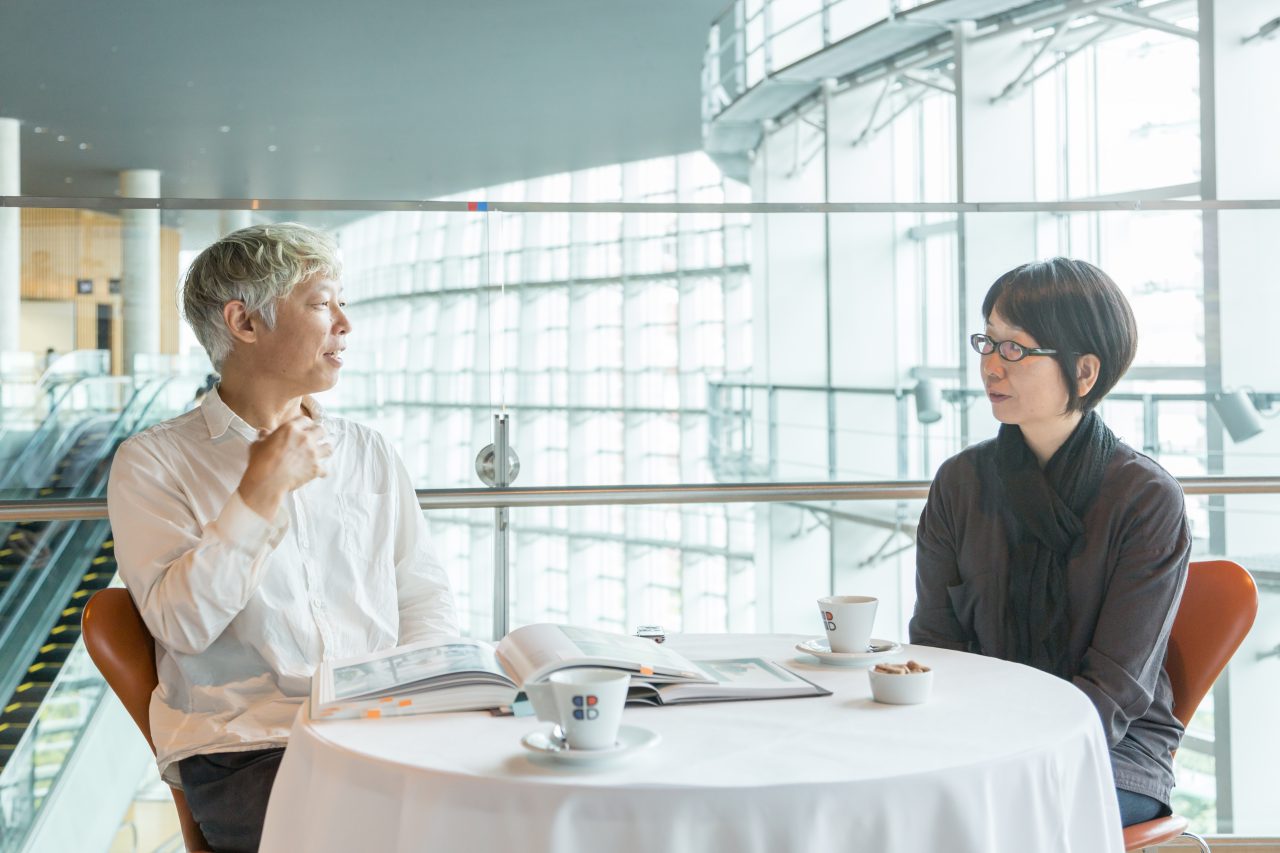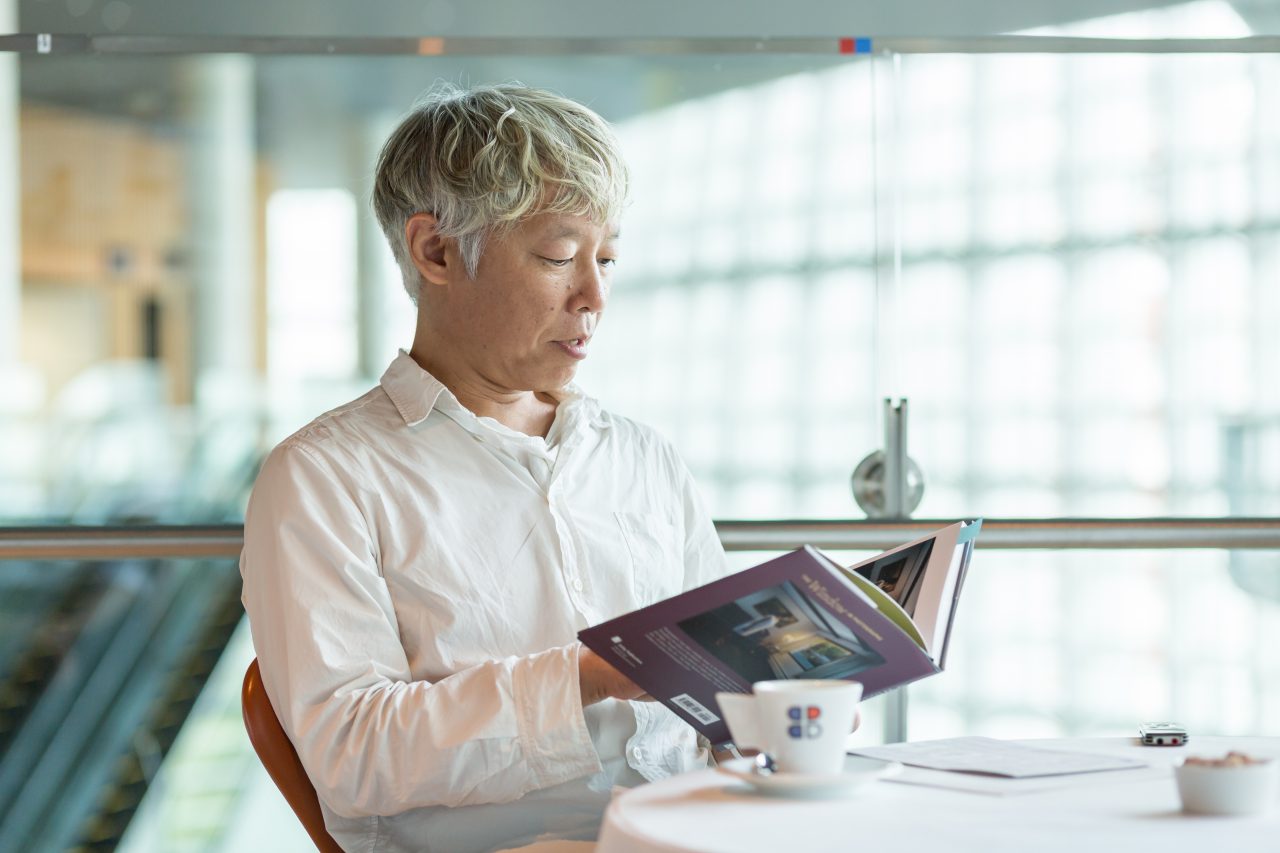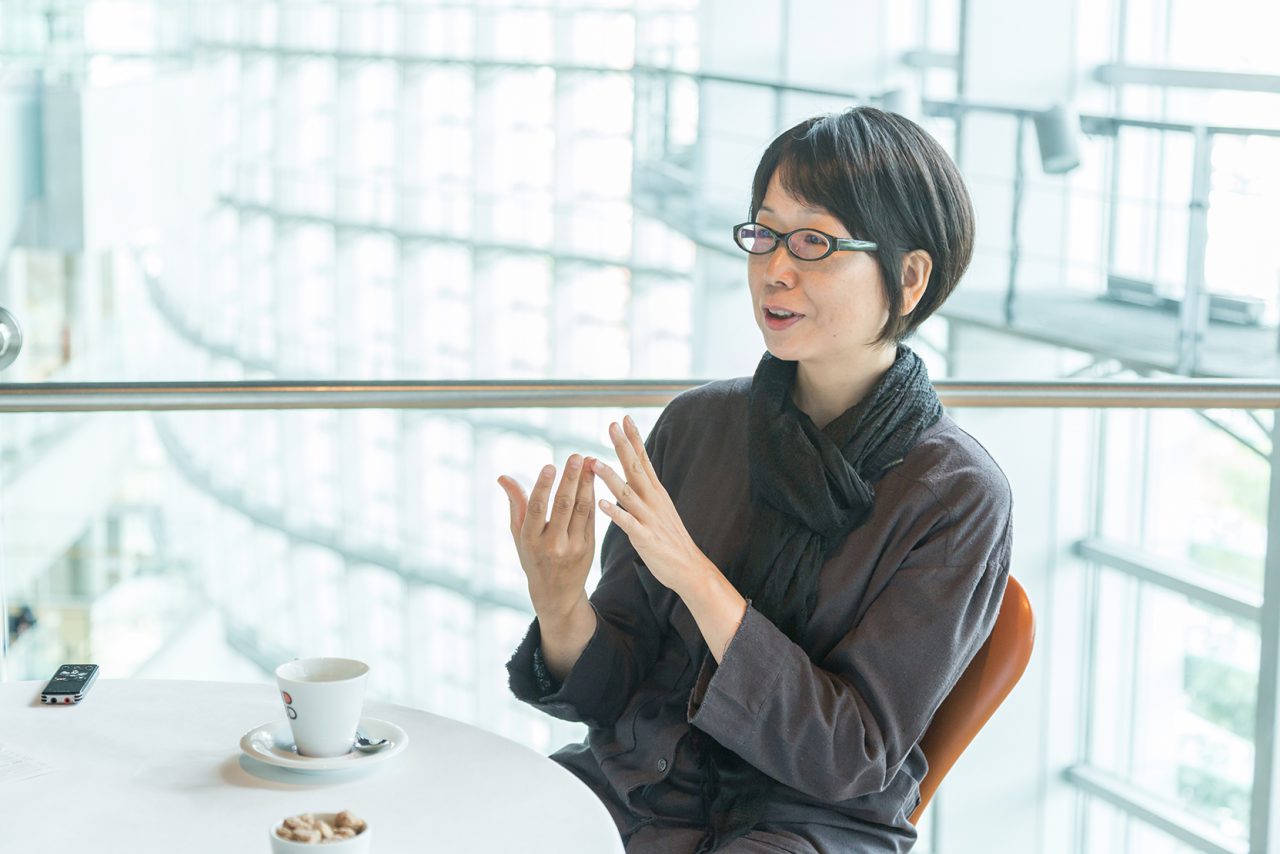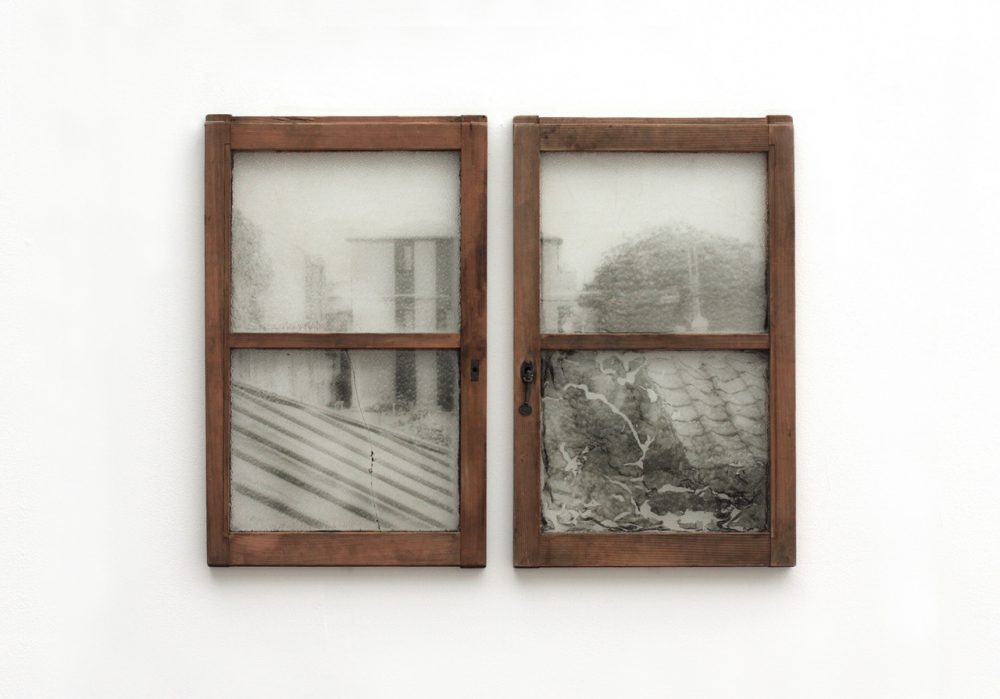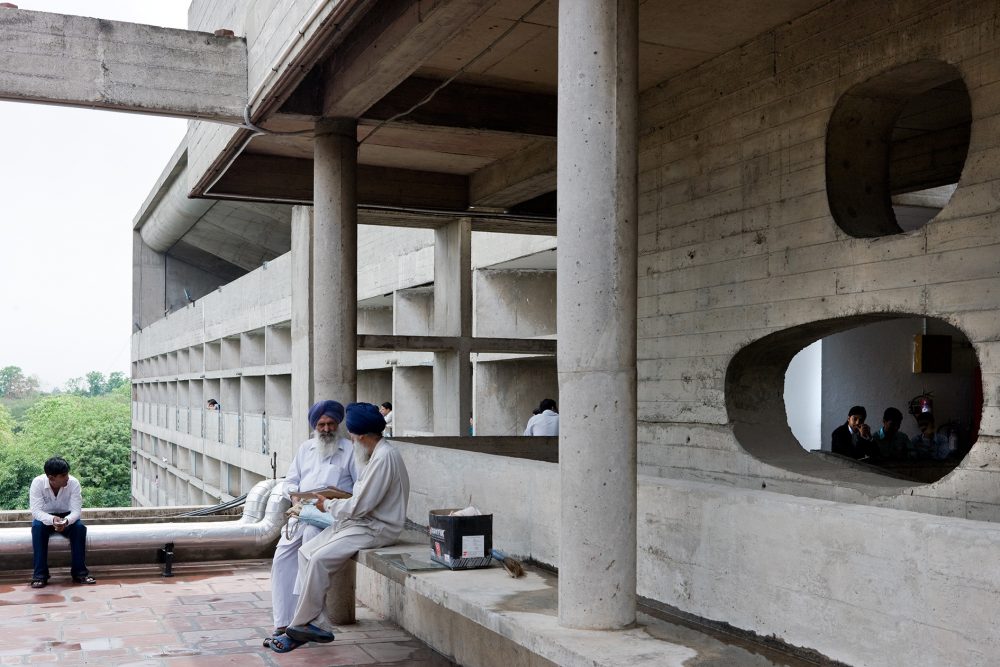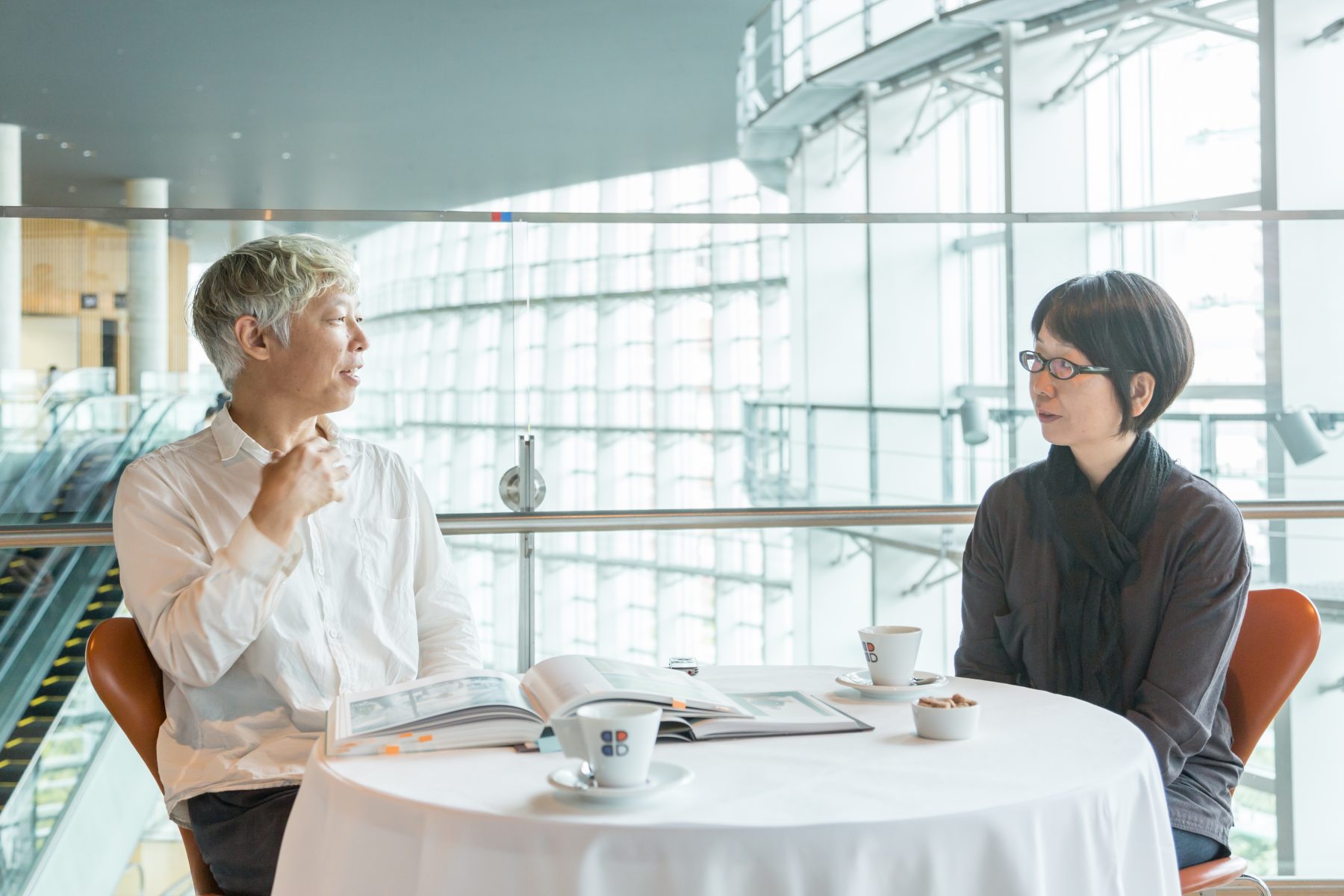
Series Takashi Homma’s Conversations on Photography
Shizuka Yokomizo + Takashi Homma
The Origin of the Idea
26 Sep 2016
One of artist Shizuka Yokomizo’s emblematic works is her Stranger series, in which she has used photography to capture the distance between herself and others across windows. The artist’s personal experiences evidently played a large part in the conception of these pieces that have a distinctive ambience to them. Contemporary photographer Takashi Homma attempts to identify the origin of the idea behind the project in a conversation at the National Art Center, Tokyo, where Yokomizo is currently exhibiting her latest work in a special exhibition titled Artist File 2015—Next Doors: Contemporary Art in Japan and Korea.
Takashi Homma (hereinafter referred to as Homma): You’re known for your photographs with the windows, but looking at your work in this exhibition, I see that you’re not just making simple two-dimensional photographs; your work is continuing to expand further and further. This has made me realize once again that you’re not a photographer in the usual sense and that what you’re doing is actually conceptual art.
Shizuka Yokomizo (hereinafter referred to as Yokomizo): I’ve never thought of myself as making work under the specific label of photography. I used to believe that photography was nothing but a documentation tool, and I only really gave thought to images for the first time for this exhibition. This naturally led me to deal with photography. Many people will call me a photographer, but I don’t think of myself as one. Because I initially studied sculpture, when making my pieces I’ve always considered the photographs themselves as being a part of a larger whole. In other words, I consider everything from the paper to the wood frames to be part of the pieces. I might take a photograph, but there’s still more that comes after that. I think I’ve always made my pieces in this way.
Homma: So it seems that the Stranger series kind of took off on its own.
Yokomizo: What led me to do those pieces were the situations that I just happened to be in—situations where I was in a foreign country as a stranger, feeling a sense of alienation, or estrangement. There were moments when I was very self-conscious of my presence when I was in an unfamiliar culture and felt like I was not fitting in with many things around me. For example, in England, most of the buildings had windows facing the street, and people tended to leave their curtains open at night, so I could see inside as I walked through the streets.
I felt this sense of separation in being able to see what was happening inside the buildings from outside while not actually being in them myself. This overlapped with my feeling of being out of place in that foreign culture. I wondered whether I could somehow express this sense of separation I felt. I think I was only able to arrive at those pieces after going through trial and error. So, I probably wouldn’t even have thought of making them if I was in Japan. The idea behind them came out of such situations in which I was a stranger, where I felt unsure of my footing and wasn’t blending with my surrounding environment.
Photography enables you to visualize your own viewpoint directly. If you have a sculpture, you can set it down and look at it from various angles, but a photograph can give direct shape to your line of vision. In this sense, it was precisely the medium of expression that I needed.
Homma: You mean because it lets us know that you’re there even though you’re not in the picture.
Yokomizo: Exactly. I actually don’t like being photographed myself. I’ve been thinking about what the reason for this could be. An explanation I’ve come up with is that it’s because I take photographs as a way of confirming my own existence, and I have the feeling that if I’m photographed by others, that presence of the self I’m trying to shape will be broken. I think this might be why. When I shot Stranger, too, I chose the medium of photography because it allowed me to visualize my perspective and I wanted to confirm my existence and verify the state of my being in those places.
Homma: What I feel is so great about the pieces in Stranger aren’t only the viewpoints that put me in the position of the stranger looking at the subjects. They also give me the sense that the subjects are looking back at me, perhaps because of the windows between us.
Yokomizo: Yes. I used the window as a device. I tried to see how much I could shorten the distance between myself and each subject while maintaining our relationship as two strangers, and I wanted to capture this as an image. I shot the photographs at night because I asked the subjects to stand inside their rooms and to turn on the lights, and the sources and types of light they chose were inevitably individually unique. Each person’s house also had a unique window frame, which I had them look outside through. The existence of these frames also made the subjects feel at ease.
Homma: I see. Because they’re in their own safe zone.
Yokomizo: In that project, there was some fear on both sides. I was very nervous, and I’m sure they were, too. I think if I had stood right in front of them holding the camera, they would have become weaker, or I would have put myself in the more powerful position. However, by having those windows between us, they felt protected. I was careful about the balance of this fear and anxiety. I was also careful about the balance of how much I tried to control.
Homma: What method did you actually use to take the photographs?
Yokomizo: At first, I was afraid to do it—and there was also the possibility that I would be reported to the police—so I started by asking around among my friends to see if they could be test cases. I asked my friends, and anybody, really, “Do you know anyone who lives in a house on the ground floor with a window facing the street?” And if they did, I told them not to tell me that person’s name, sex, or age. I managed to get hold of several addresses doing this.
-
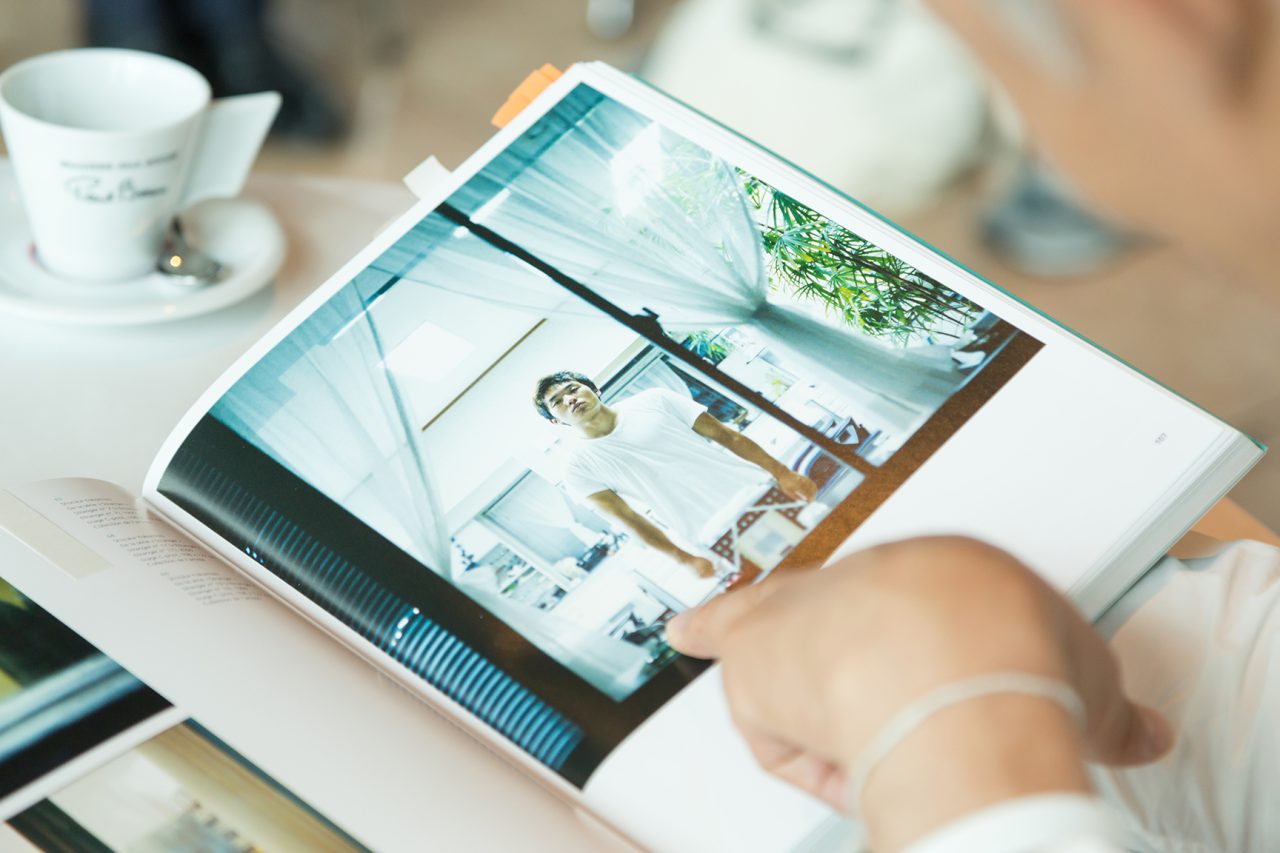
"Stranger No. 10" , 1999 ©Shizuka Yokomizo
Homma: And then you designated a time.
Yokomizo: That’s right. I had to check the locations first though, so I visited them beforehand, and if I felt like I could do it, if the location seemed to have potential, I put a request letter with instructions in the mailbox. And then I waited anxiously for the shoot date to come.
Homma: You first did this in England?
Yokomizo: Yes.
Homma: When was this?
Yokomizo: It was quite some time ago. I shot them from 1998 until 2000. I used to go as early as I could and wander around until the scheduled time because I was worried about things like the bus not showing up that day. I then set up my equipment about five minutes before the scheduled time and waited. Sometimes the lights were on; sometimes the curtains were drawn. In any case, I waited. I then took the photograph if they turned on their lights and showed themselves. In cases when they did not show themselves, the curtains remained drawn or the rooms remained dark.
Homma: There were cases where people didn’t show themselves?
Yokomizo: Yes. That was more often the case.
Homma: How many times did you do this, including in the other countries?
Yokomizo: I made 24 pieces in total. My success rate was about 30 to 40 percent. This was partly because I was selective with the locations, but most of the time people just did not show themselves.
Homma: Going back to windows: People tend to consider windows to be, for the most part, elements for bringing in light, and they tend to focus on their designs. But in your case, you’re seeing the windows as things that secure a safe place for the people. This to me is a new role of the window. I feel like you’ve revealed another role of windows by making those pieces.
Were there any differences that you noticed among the many windows that you looked at, or even among the 24 that you actually shot? Were some more difficult to shoot than others?
Yokomizo: In terms of architecture, the buildings were configured differently in each country. For example, in Berlin, the windows were located higher up. I couldn’t shoot them from the ground level, so I brought a ladder with me and shot them from the top of the ladder. In Paris, there were very large doors that faced the streets that led into courtyards. All the windows looked into the courtyard, so I felt like I was instead the one who was being watched. Because the subjects there felt at ease, they would come outside telling me that they thought it was some kind of practical joke. I took the photographs, but I didn’t use them.
Homma: The sense of the stranger was lost to a neighborly feeling.
Yokomizo: Yes. The contractual agreement to not exchange any words was broken there. That happened a couple times.
In Japan, I shot at a house like a traditional minka [folk house] with a large window. Owing partly to the fact that it was in the countryside of Hiroshima, it really gave me the feeling that I was a person from some other world—like as if I was in one of those folkloric situations of the old tales where oni [demons] or mysterious strangers show up in villages. It was pitch-dark all around, there was only light there by the house, and the subject was standing inside it. The window was so big that I felt like I was going to be sucked into it. The space the subject stood in was also different from that of the European houses. In Europe, the window really feels like it is a barrier between us, and the boundary between the public and private is very clear. In Japan, there are things like the engawa [semi-indoor/outdoor walkway], which make that boundary very ambiguous. This created a strange sense of permeation between us.
Homma: It must have felt like you both might really be sucked into each other.
Yokomizo: Yes. It may have had to do with the quality of the light in that person’s house, too, but there really was such a strange feeling.
Homma: That’s very curious.
Yokomizo: Personally, I wasn’t really interested in things like cultural anthropology when I did the project; the most important thing was the encounter, and everything else was relatively secondary. But by focusing specifically on the windows, I’ve realized that various differences could be drawn between them. The most striking difference was that aspect about them though. The windows in Europe and America clearly demarcate their own territory and present this to the public. Even the decorations of the windows are clearly oriented to the public.
In the case of Japan, when I walk in the streets of Tokyo and see things like potted plants spilling out into the street, it seems like the personalities, or presences, of the residents are spilling out into the public realm. There’s something very fluid about this.
Homma: Yes, that sense of communication that takes place here is quite interesting. You can’t even tell where your own house begins and ends in Japan, especially in those old housing developments.
Yokomizo: Yes. I’m really made aware of this when I’m in Japan.
Homma: Yoshiharu Tsukamoto of the architect unit called Atelier Bow-Wow, who I spoke with in the session before this one, says that we are at a moment where we should be actively creating more spaces like that. I think it’s interesting how they are consciously proposing to create more engawa-like spaces that are not clearly defined as either private or public.
Yokomizo: What kind of things are they doing?
Homma: Well, for example, in Europe and America, the idea that “this place is meant for this” is defined pretty clearly. However, they’re trying to make more spaces where you can say “this place can be used like this, and it can also be used like that”. Similarly, Kazuyo Sejima’s studio, SANAA, has also made buildings like nagaya [row houses]. They’re collective housing projects with 10 or so units that share a common garden. They make them like that on purpose. They’ve built them in Tokyo and Kyoto. Although it might be awkward if you don’t know each other, I think it could be really nice to live in them if the other residents are the right kind of people.
Yokomizo: The place where I’m currently living is rather similar to that. It used to be a shoe factory. There’s a gate, and there’s a yard that the various apartment units look into. The yard is very small, so when you pass through it you can see each other and into each others’ living spaces. But we haven’t actually become friends. Maybe in Japan it would be awkward unless you’re friends, because you would have to always give consideration to each other, but where I live, everybody is rather indifferent. We might say hello, but that would be it.
I only know about London, but another thing that I’ve noticed is that public space is used differently over there compared to in Japan. In London, there’s a mentality that “this public space belongs to you but also to me, so I can use it however I like”. In Japan, people think, “I’ve been allowed to use this space, but you’re using it too, so I’ll use it with care, I’ll use it neatly, and we should both be careful not to bother each other too much”. There’s this widely shared sense of mutual consideration here, but over there, people will do whatever they want as long as no one tells them that they’re bothering someone. Basically, everyone will use a space as if it’s their own. Things can therefore get quite wild.
Homma: When people there are told “please use it freely”, they really will use it freely. But we know that in Japan, “please use it freely” means “please use it with reserve”.
Yokomizo: Yes, that’s what it means. But it’s nothing like that over there; people really use the spaces just for themselves. It seems like the mentality towards public space is very different there compared to Japan.
Homma: And yet, privacy is strictly maintained there when it comes to protecting views through windows. But, for some reason, this is more ambiguous in Japan. Isn’t this strange?
Yokomizo: Yes, that’s really very funny. An interesting thing that relates to that happened when I was making Stranger. In England, I would set up my tripod in front of the windows in the dark streets at a distance close enough to the subject that we could both see each other. It was not as if I was hiding, so passersby could see what I was doing. But when they saw me, they would steer around me. Everyone, other than children, stayed clear. Of course, to me, it was extremely helpful that they did that.
However, in New York, the windows were covered with security bars, so I had to shoot across the bars. But everyone who walked by in the street would ask me what I was doing. It’s like the people were really protective about their territory when it came to private spaces, but they readily approached me outside in the public street. In England, there were no such bars on the windows themselves, and the windows were quite accessible, yet everyone in the street avoided me. I found this contrast to be interesting.
Homma: Around what time of day were the designated times?
Yokomizo: I chose times when most people would be back at home. Around 8 p.m.
Homma: (looking at Yokomizo’s work) This window looks very sturdy.
Yokomizo: Doesn’t it? It really was built sturdily. But I actually didn’t see things like that when I was taking the photograph. I was focused on receiving her gaze and confronting her, so I hardly registered the surrounding details. I only saw them afterwards.
Homma: This one with the television on is nice, too.
Yokomizo: It was playing football. Soccer.
Homma: You obviously didn’t specify that; this person turned it on.
Yokomizo: Yes, it just happened to be on.
Homma: Those are the interesting things. One could say that these pieces are layered frames, and one could also say that you’re not composing the second frame—you’re letting the subjects compose them themselves. What I think is so great is how you’ve set a strict concept but let things outside of your control to enter into them. Usually, photographers will either just shoot without thinking about anything or try to control everything by meticulously establishing a concept. They generally can be divided into one of these two extremes, so it’s wonderful how these pieces are a mix of both.
Yokomizo: Thank you. I’ve actually done that in my other photograph series, too. I always include things that I cannot calculate; things that might bring about something unexpected. In fact, those are precisely the things that I count on to make something happen. This is why I become so tense and anxious. Things don’t always turn out as nicely as I hope, but whatever happens, it will make a piece. Even if nothing happens, that can still make a piece, too. So, this is why these unplanned, unexpected things often enter my work.
Homma: It’s fun how the more you tell me about this, the more I start to see these things. Usually, I’ll glance at a photograph and just think, “Oh, this is a nice concept”. But it seems like the fact that there are actually many unexpected elements in your pieces has added a certain depth to them.
Yokomizo: Thank you.
Homma: I’ve known this work of yours for a while, and it’s always stuck with me. It seems to come back to my mind every now and then. I think what I like about it is its double-layer structure. Also, hearing you mention the notion of “distance” in our conversation about the Stranger pieces, I’ve realized that both the notion of the “stranger” and “distance” must exist within you as equally important things.
-
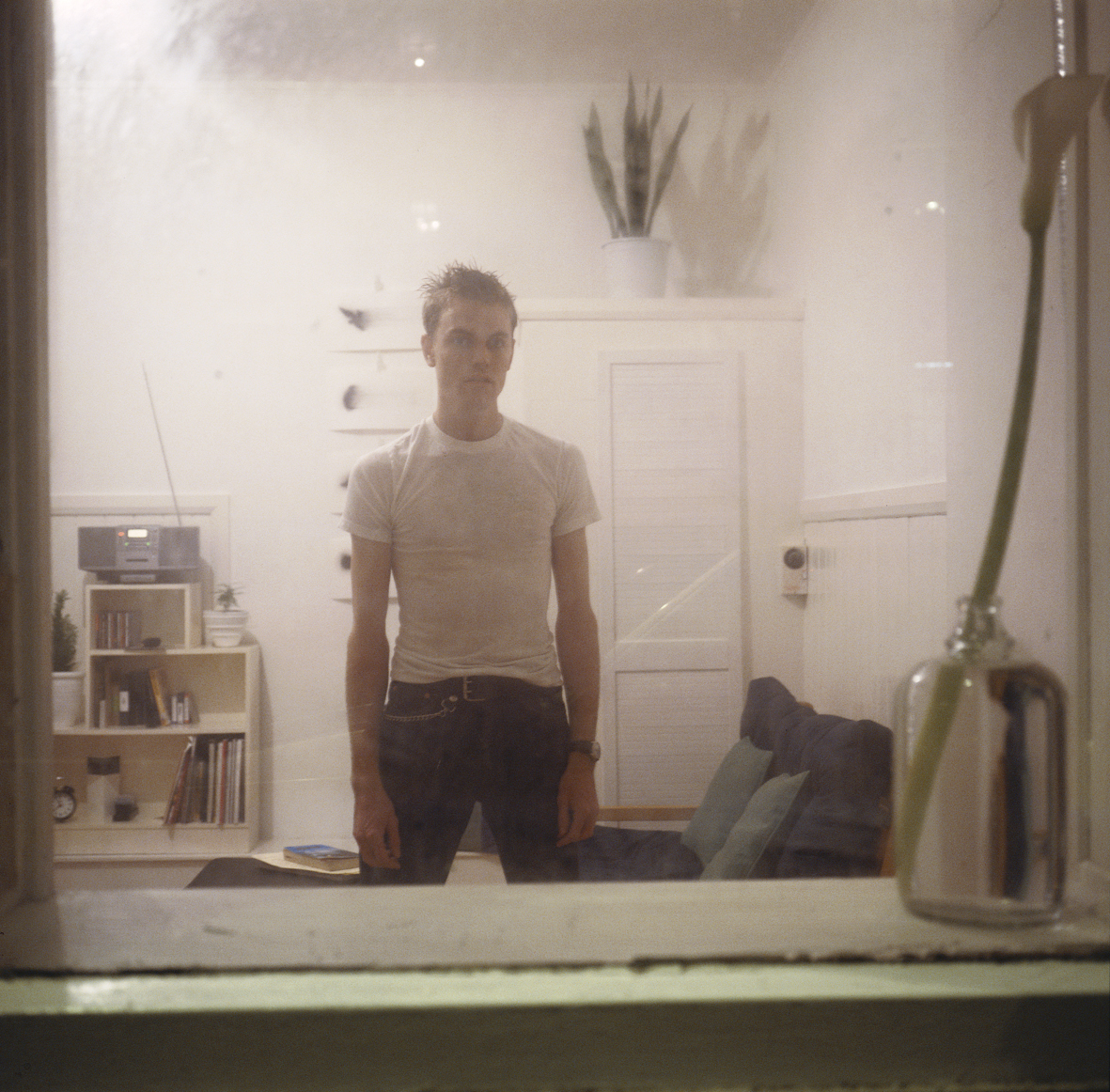
"Stranger No. 105", 1998 ©Shizuka Yokomizo
Yokomizo: You mean not the subjects themselves but the sense of distance between me and the subjects?
Homma: Yes.
Yokomizo: Yes. In a sense, the windows themselves form frames. So, because I was a stranger to the subjects, and the subjects were also strangers to me, both my point of view and my sense of distance with the subjects essentially won’t change for a viewer who looks at the piece while standing in front of it. In other words, I positioned myself in a place where I could be replaced by the viewer. In this sense, I think that the sense of distance that I felt from the subjects will be the same even for someone other than me who looks at them.
-

"Stranger No. 24", 2000 ©Shizuka Yokomizo
Homma: That’s why they’re interesting. Initially, you had the strong feeling that you were in the position of a stranger, but when you turned that into a photograph, you found out that you were in a position in which you were replaceable.
Yokomizo: Replaceable. Yes.
Homma: One could read into them further and say that the sense of distance is similar to that of looking into a prison cell, for example, where you know the subject but cannot approach them.
Yokomizo: Perhaps it’s because the window exists as this solid thing between us, even though it’s transparent. The sense of distance I felt when actually shooting the pieces was very peculiar. It wasn’t quite the same as what one might call a sense of intimacy, but when we were looking at each other in the eyes, we were both made very aware of each other’s presence. Yet, even though we were close to each other in terms of our actual distance, or physical proximity, we were very far away from each other psychologically. I felt like we were vacillating between being close and far apart.
-
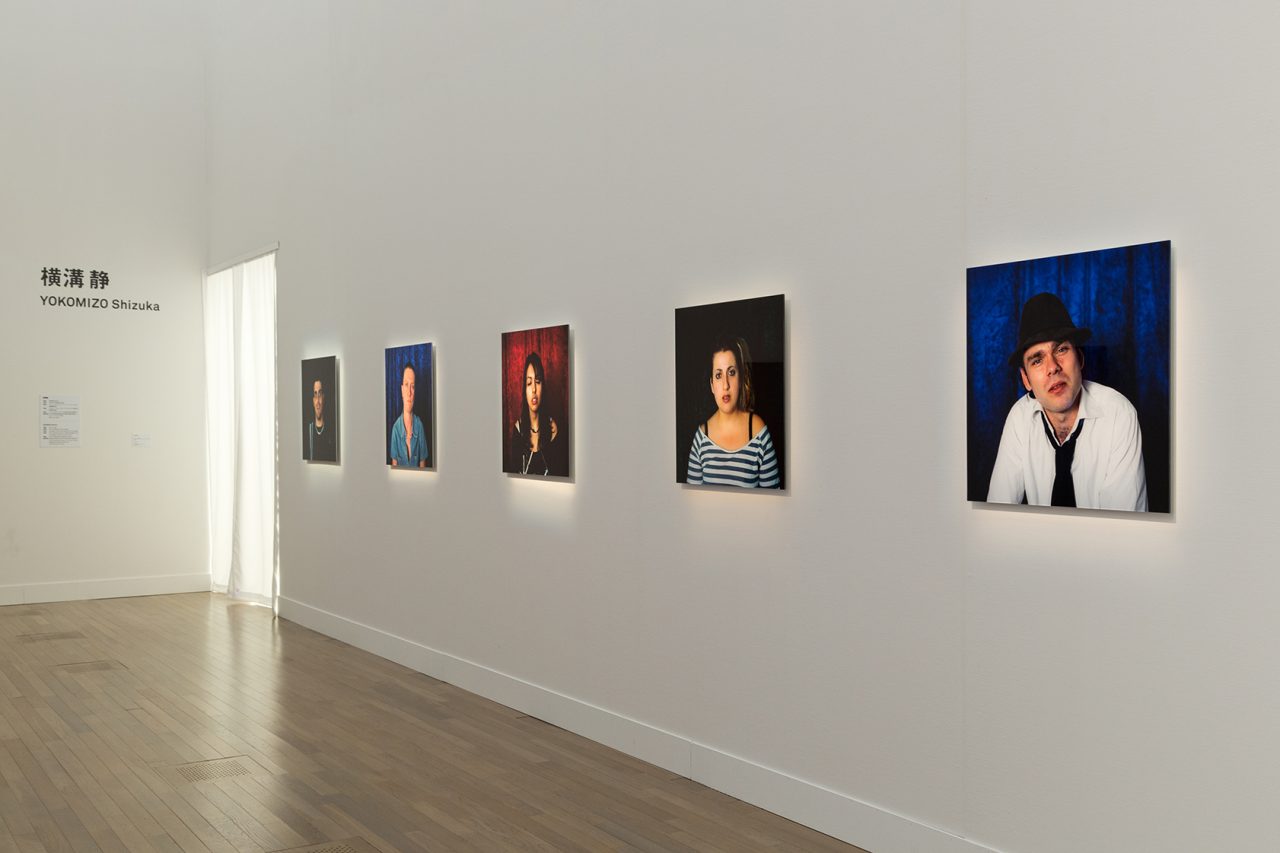
"Phantom", 2006–2007,
Exhibited in Artist File 2015—Next Doors: Contemporary Art in Japan and Korea
I’ve spoken about this somewhere else before too, but I would send small prints to the people to tell them how the photograph turned out and to ask them if I could show it in exhibitions. I would write down my address when I sent them out, so someone once wrote back to me. They told me how they felt really close but also very far from me. It felt strangely fictional in a way because we both appeared before each other with the window between us. I would emerge out of the dark, and they would also emerge on the other side of the window. There was something theatrical about it all.
Homma: I see. It was as if the stage curtains had been pulled back.
Yokomizo: Exactly. There was something I wanted to ask you: I said that I assumed the position of an anonymous, replaceable stranger, but when I look at your photographs, I get the feeling that you’re not there. It’s like you’ve erased your presence.
Homma: That’s something I’m quite careful about doing. From a technical viewpoint, it’s because I use a 4×5 large format camera that gives me clean horizontals and verticals even when I shoot people. I shoot with it in a way that minimizes the amount of distortion, and so I probably also position myself further away from my subjects compared to most photographers. I think this is what creates that feeling. I do this because when I initially started photography, I used to be told to be an auteur and to bring myself out more, but reacting against that, I came to feel more comfortable communicating with my subjects by leaving myself out. I feel that this makes viewers really feel like they’re replacing my position.
Yokomizo: That’s interesting. I suspected that must be the reason.
-
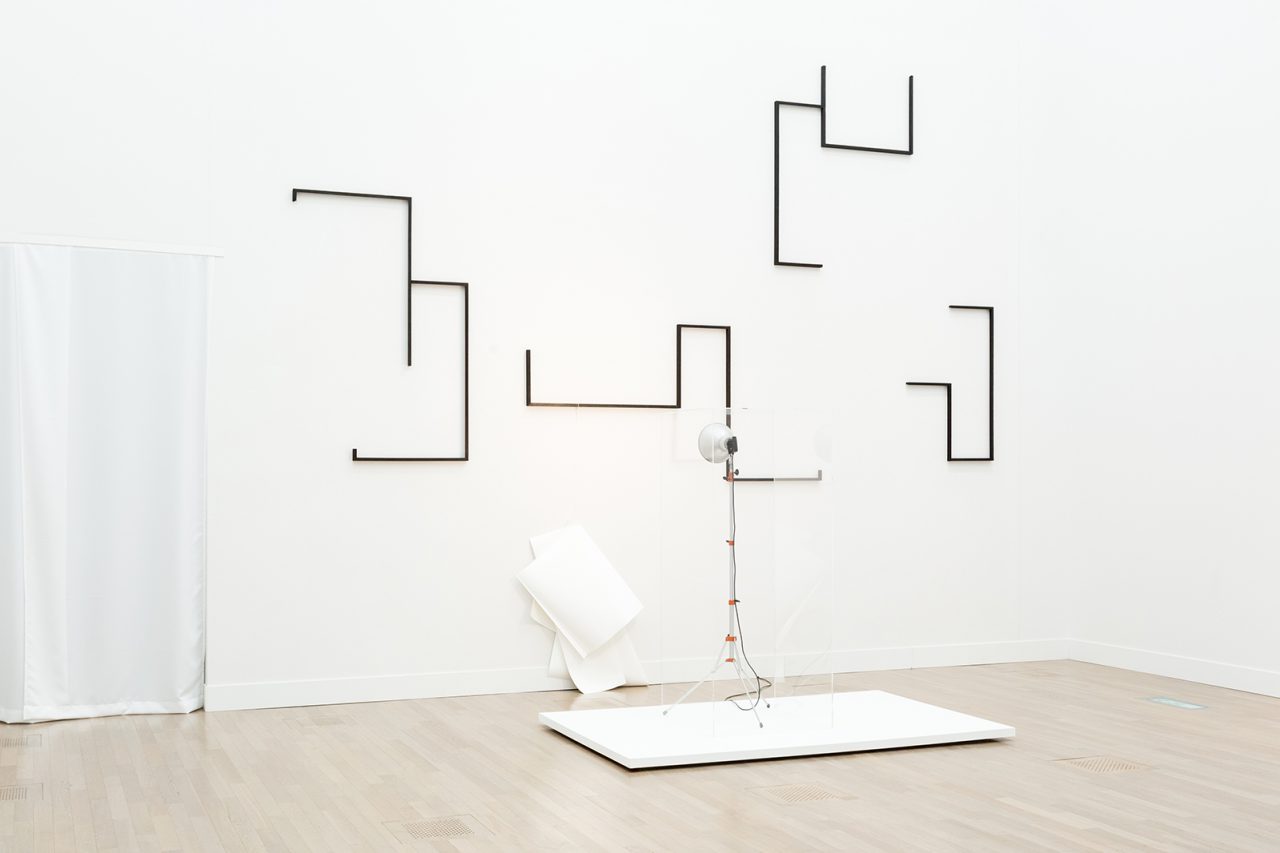
"Effigy", 2014,
Exhibited in Artist File 2015—Next Doors: Contemporary Art in Japan and Korea
Homma: I also lived in London from 1991 to 1992. What I found to be most interesting when I lived there was the fact that there were quite a lot of semi-basement rooms. They provided a unique visual experience in which you would see just the lower half of people. That is what I remember the most about the houses in London.
Yokomizo: Yes. It’s very humid below ground, though, so the rooms can become quite dank.
Homma: Yes. How long have you been living there now?
Yokomizo: Too long that I don’t even want to say. I’ve been there longer than I’ve lived in Japan now.
-
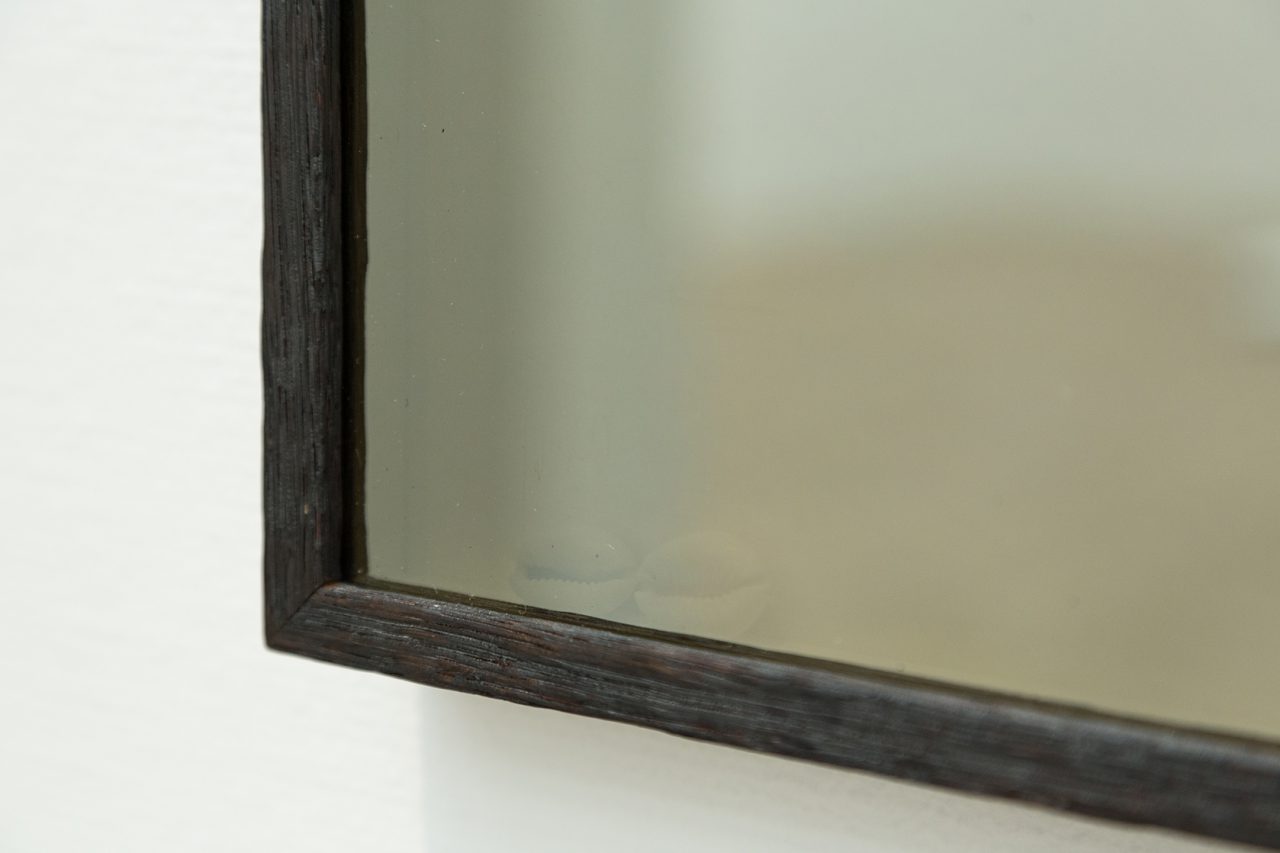
"A flight before light", 2015,
Exhibited in Artist File 2015—Next Doors: Contemporary Art in Japan and Korea
Have you always thought about windows regularly in your everyday life? Did you develop your interest in windows through your daily life, through being an artist, or through the way you interact with various things?
Yokomizo: Well, I think buildings really reflect the culture of the particular country they’re in, and windows of course are a part of the buildings of that country.
-
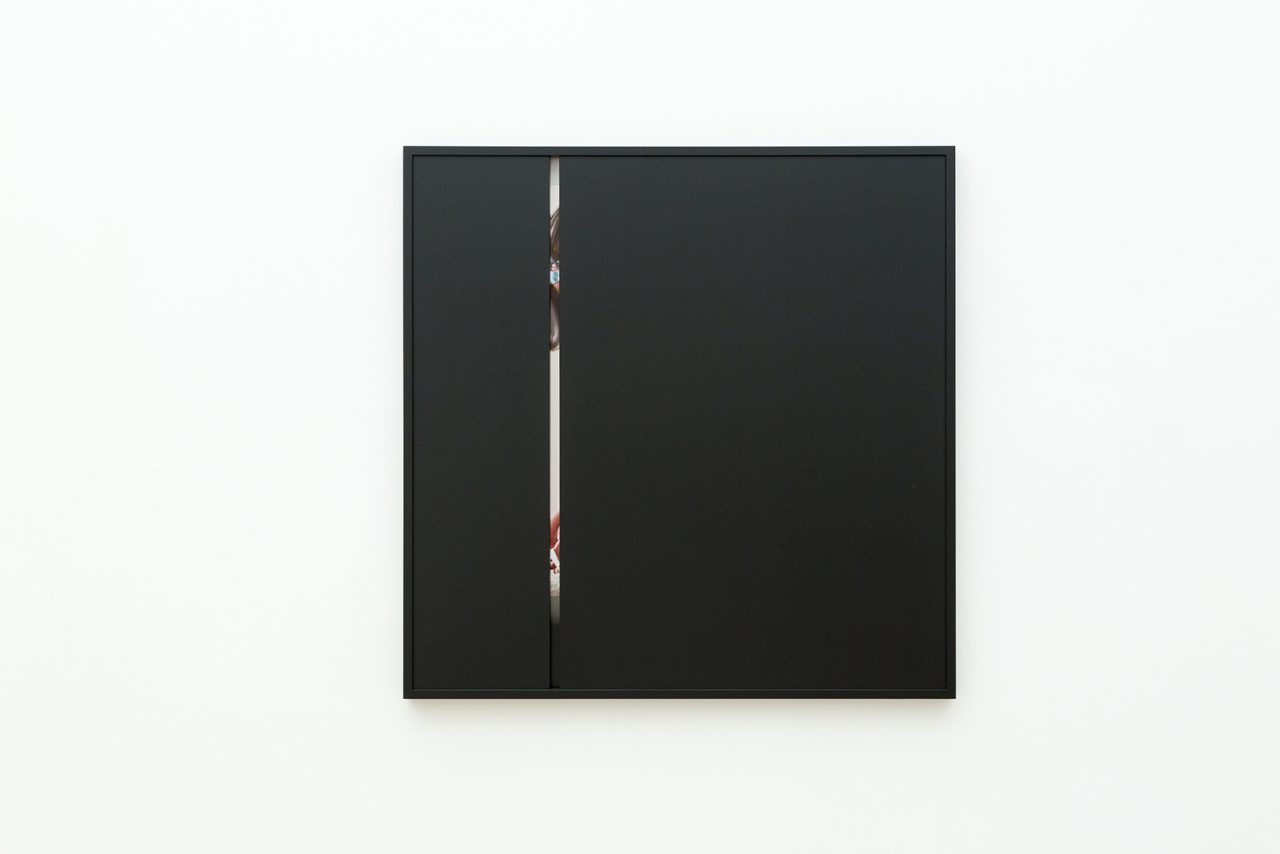
"A flight before light", 2015,
Exhibited in Artist File 2015—Next Doors: Contemporary Art in Japan and Korea
Buildings are products of culture, so I believe that there are many things in common between how the buildings and people of a country exist. Through living in England and interacting with the people of that country, I came to feel that the nature of its people was reflected in their buildings. I think I reacted to the windows because—I know this sounds odd, but—I saw something in common between their physical solidness and my interactions with the native people as a stranger, and I felt that things like the quality of light emitted from the windows reflected the way the people there interacted with others. That’s why I think there definitely was something about the buildings that I was reacting to.
A difference can also be drawn between the walls of buildings in Japan, where houses are wood structures that are delicate and thin, and in England, where houses are masonry structures that have thickness to them.
-
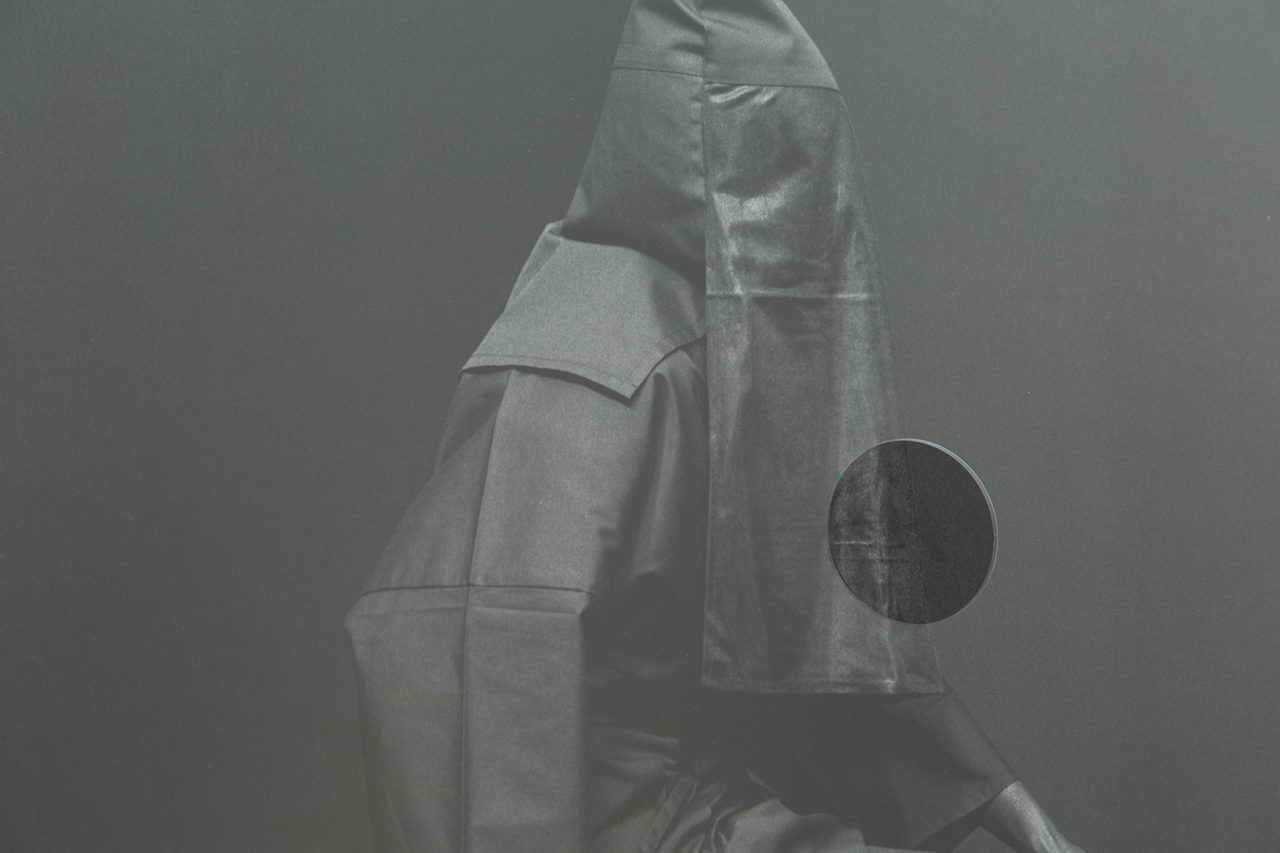
"Untitled (Host)", 2015,
Exhibited in Artist File 2015—Next Doors: Contemporary Art in Japan and Korea
Yokomizo: Certainly. I also think that because I was trying to enter the culture and trying to express something through living there, I was looking for a way in, if not consciously.
Windows are attached to houses, so they’re private property, but because they face streets, they’re also in contact with public space. In this sense they also occupy a social space.
Yokomizo: And architects also make them by putting a lot of thought into them. I once visited Le Corbusier’s Convent de La Tourette in Lyon for a group exhibition. All of the windows there are made to the human scale. You can really get a sense of this when you go there. I spent a day there, so I was able to appreciate that the building really reflected how the architect designed everything around the human. I really got a concrete sense of this by being there. I’ve never lived in a traditional Japanese house, but if I do, I think I’ll probably have a similar feeling.
Takashi Homma
Photographer. Born 1962 in Tokyo, Japan. Held his first solo museum exhibition, New Documentary, in three museums in Japan from 2011 to 2012. Has published numerous photography books, including Tanoshii shashin: Yoiko no tame no shashinshitsu (Tokyo: Heibonsha, 2009) and Tanoshii shashin 3: Wākushoppu-hen (Tokyo: Heibonsha, 2014). Currently a guest professor at the Tokyo Zokei University Graduate School.
Shizuka Yokomizo
Born 1966 in Tokyo, Japan. Graduated from the Department of Philosophy in the Faculty of Letters of Chuo University in 1989. Graduated from the foundation course of the Kent Institute Art and Design in 1990. Graduated from the sculpture course in the Fine Art Department of the Chelsea College of Art and Design in 1993. Completed the master’s program in fine art at Goldsmiths, University of London, in 1995. Resided in London as a fellow of the Agency for Cultural Affairs Overseas Study Program for Emerging Artists from 2005 to 2006. Currently lives in London.
Artist File 2015—Next Doors: Contemporary Art in Japan and Korea
Location: The National Art Center, Tokyo (Special Exhibition Gallery 2E)
Dates: Wednesday, July 29, 2015 – Monday, October 12, 2015
Hours: 10:00–18:00 *open until 20:00 on Fridays (last entry 30 minutes before closing)
Closed: Tuesdays
http://www.nact.jp/english/
Photoshoot Location: Brasserie Paul Bocuse Le Musée (The National Art Center, Tokyo, 3F)
https://www.hiramatsurestaurant.jp/eng/paulbocuse-musee/
MORE FROM THE SERIES
-

Takashi Homma’s Conversations on Photography
From the “Window” Snapshots of the 1970s to Contemporary German Photography
03 Oct 2018

Takashi Homma’s Conversations on Photography
MOMAT Collection “Windows and Photography”
06 Sep 2016
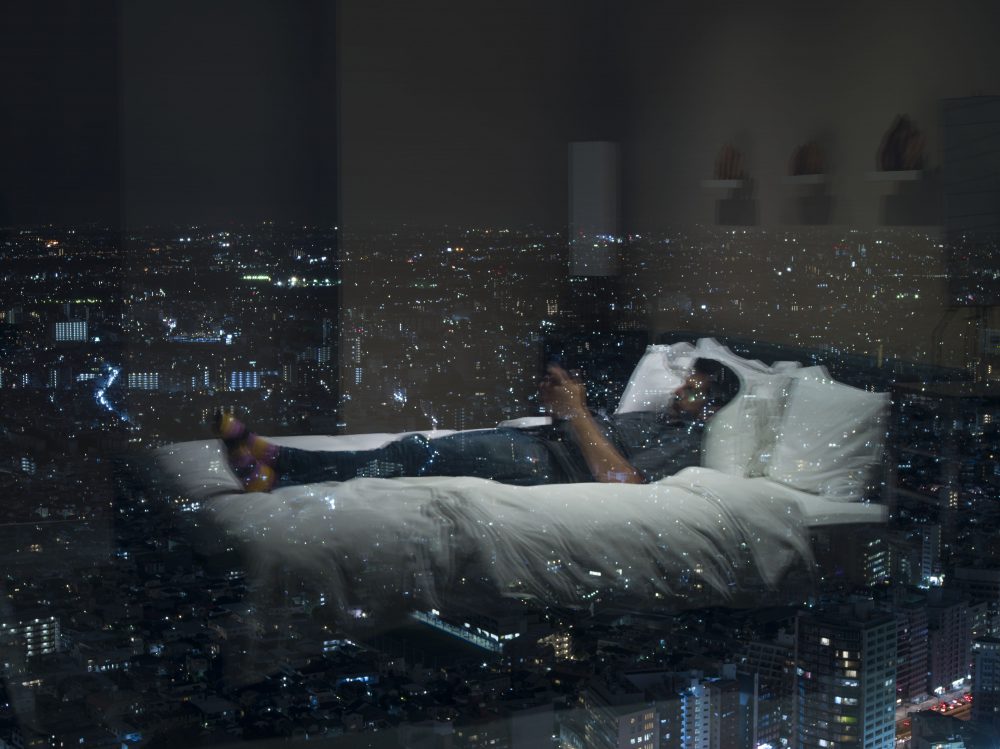
Takashi Homma’s Conversations on Photography
Takashi Homma + Alec Soth
Thinking about Windows through Photography06 Jul 2016

Takashi Homma’s Conversations on Photography
Thinking about Windows through Photography
17 Dec 2014
